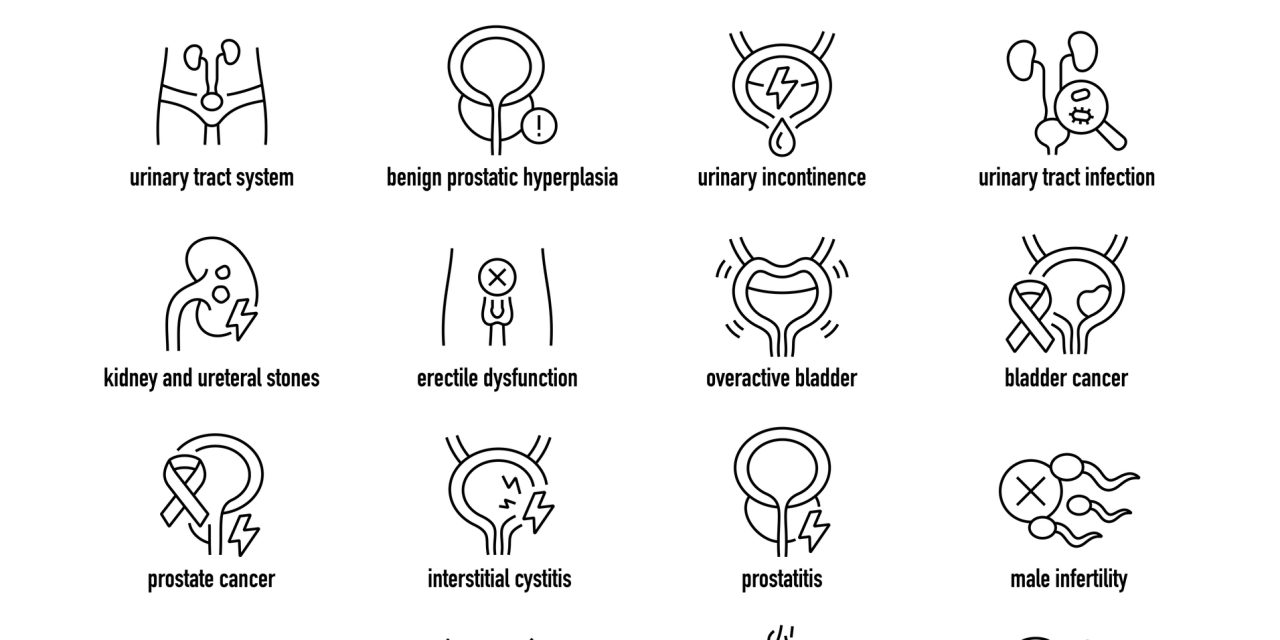Multiple system atrophy (MSA) is a neurodegenerative disorder primarily characterized by autonomic failure plus parkinsonism or cerebellar ataxia. The diagnosis may be challenging and is usually made at a tertiary care center. The long-term management issues are equally challenging and frequently require collaboration with the patient’s local care providers. Whereas there is currently no cure for MSA, treatment focuses on the most problematic symptoms experienced by the patient. Autonomic symptoms may include severe orthostatic hypotension with syncope, urinary symptoms culminating in incontinence, constipation, anhidrosis, and erectile dysfunction. Motor symptoms include parkinsonism, cerebellar ataxia, and falls. Although certain motor symptoms may respond partially to medications, some of these medications may exacerbate autonomic problems. In this manuscript, we seek to bridge the gap between tertiary care providers and the patient’s local care providers to provide multidisciplinary care to the MSA patient. Patients are often best served by management of their chronic and evolving complex problems with a team approach involving their primary care providers and subspecialists. Treatment guidelines typically list myriad therapeutic options without clarifying the most efficacious and simplest treatment strategies. Herein, we provide a guideline based on what has worked in our MSA clinic, a clinic designed to provide care throughout the disease course with subspecialty integration with the goal of empowering a partnership with the patient’s home primary care providers.Copyright © 2020 Mayo Foundation for Medical Education and Research. Published by Elsevier Inc. All rights reserved.
My Treatment Approach to Multiple System Atrophy.


